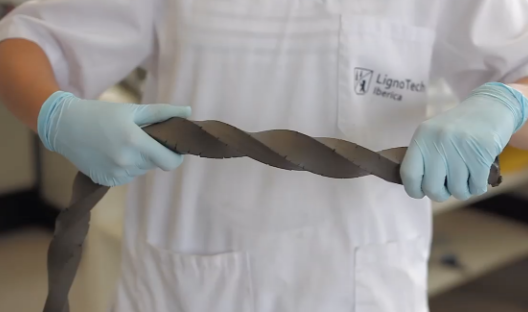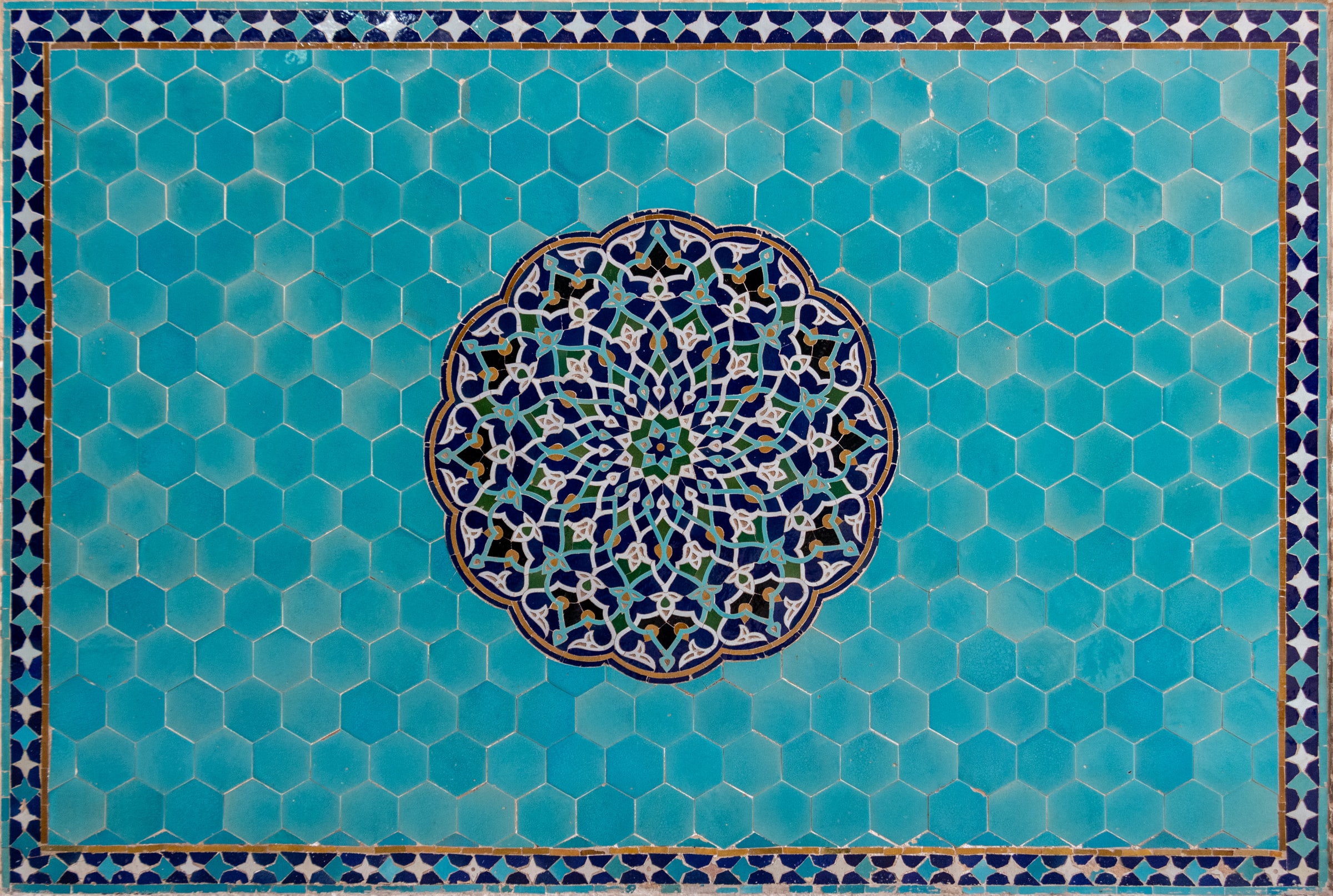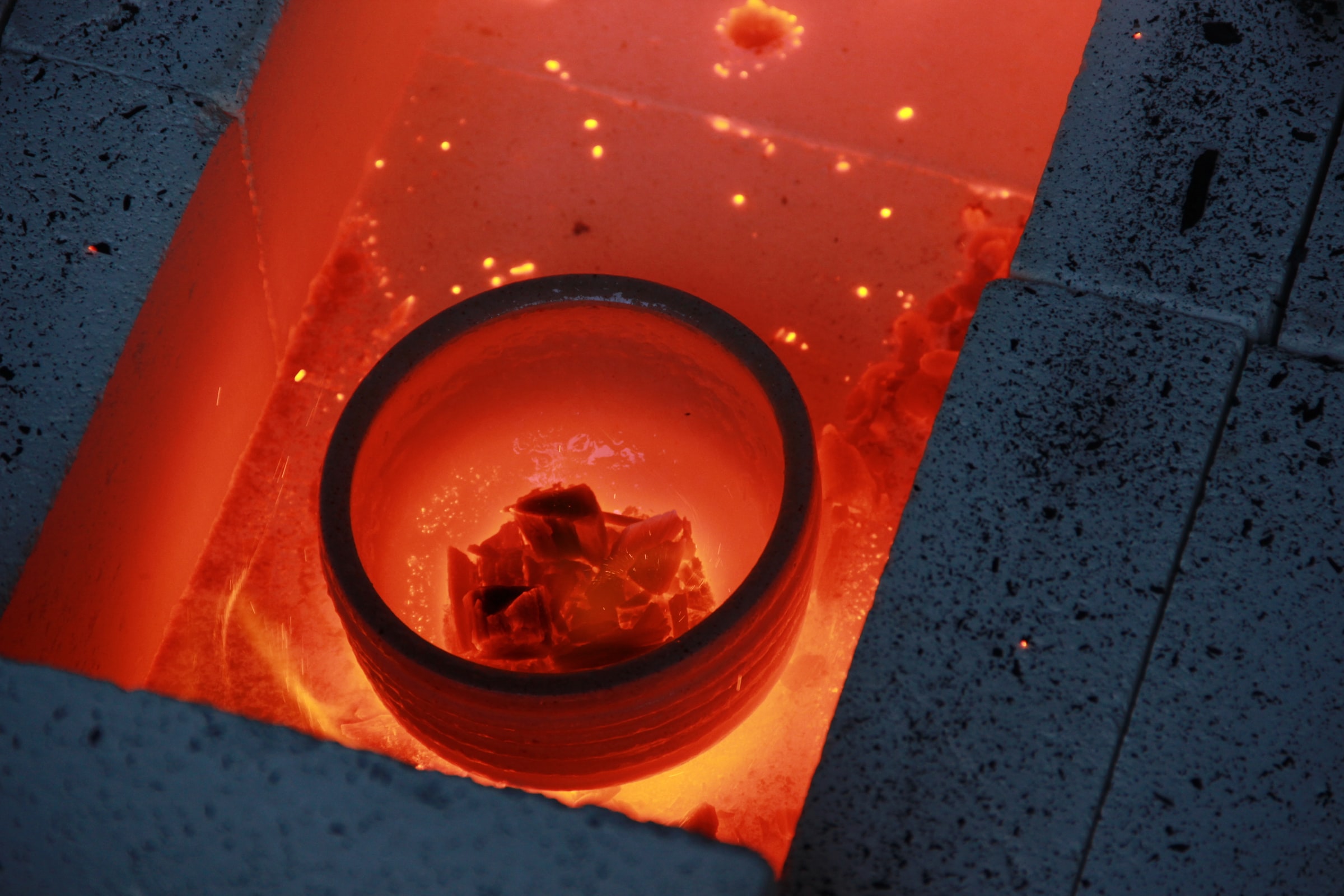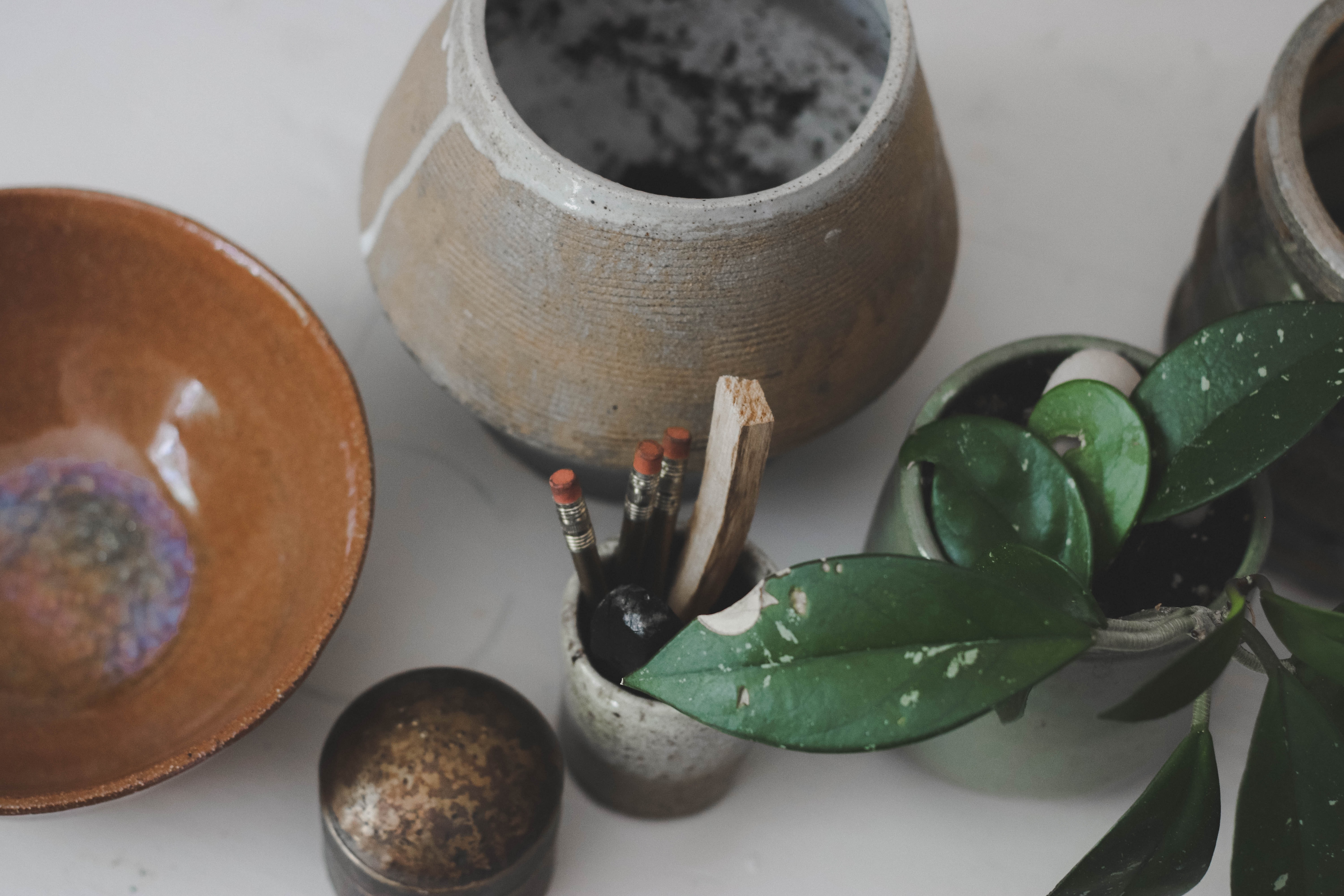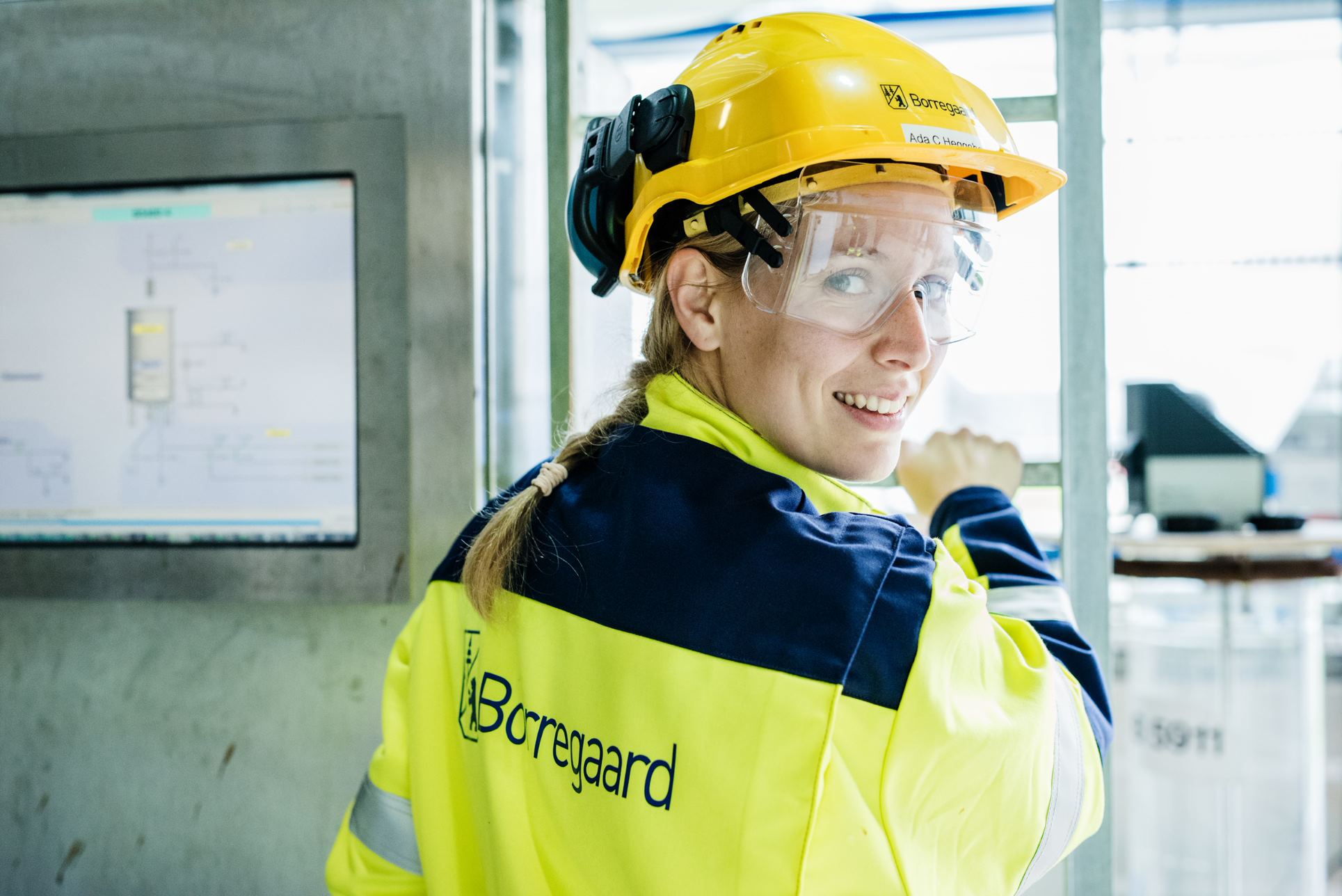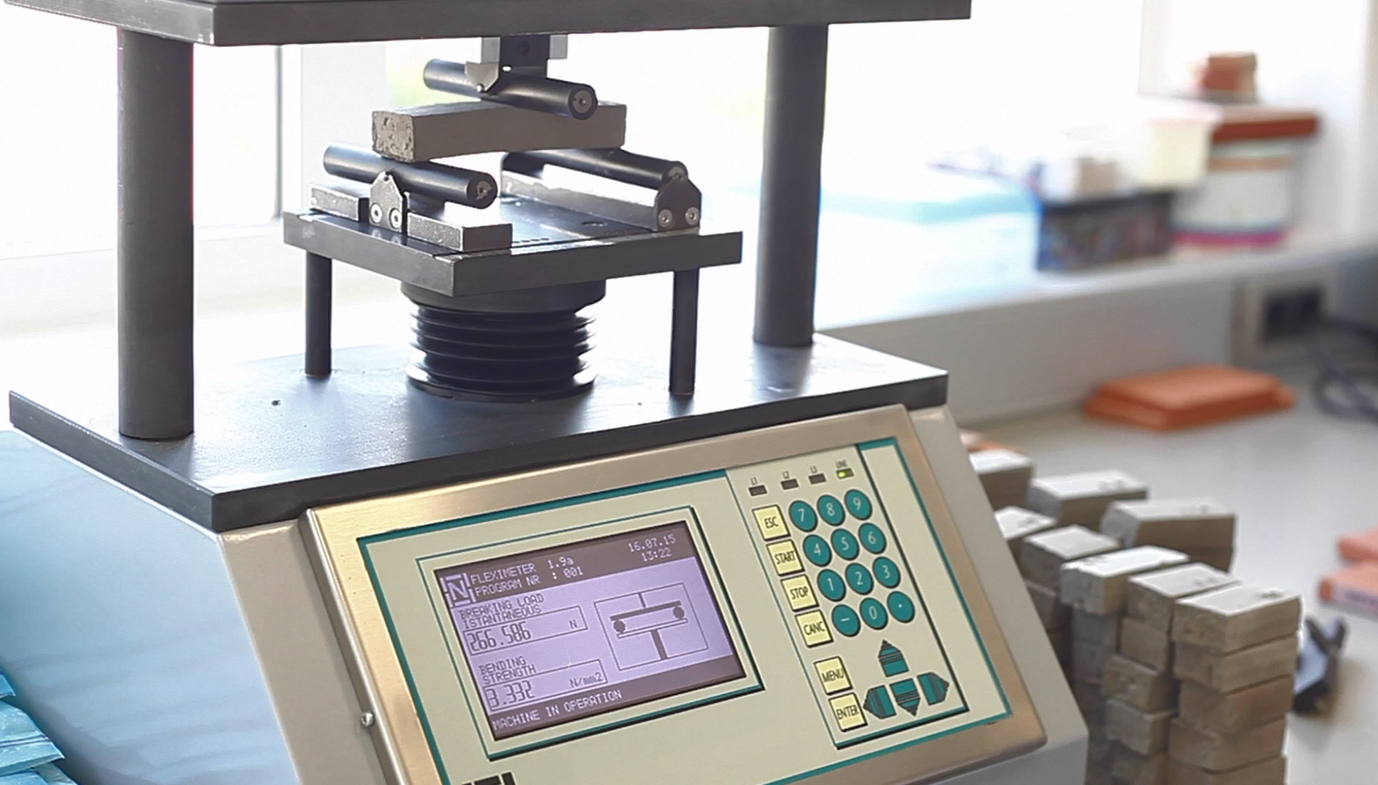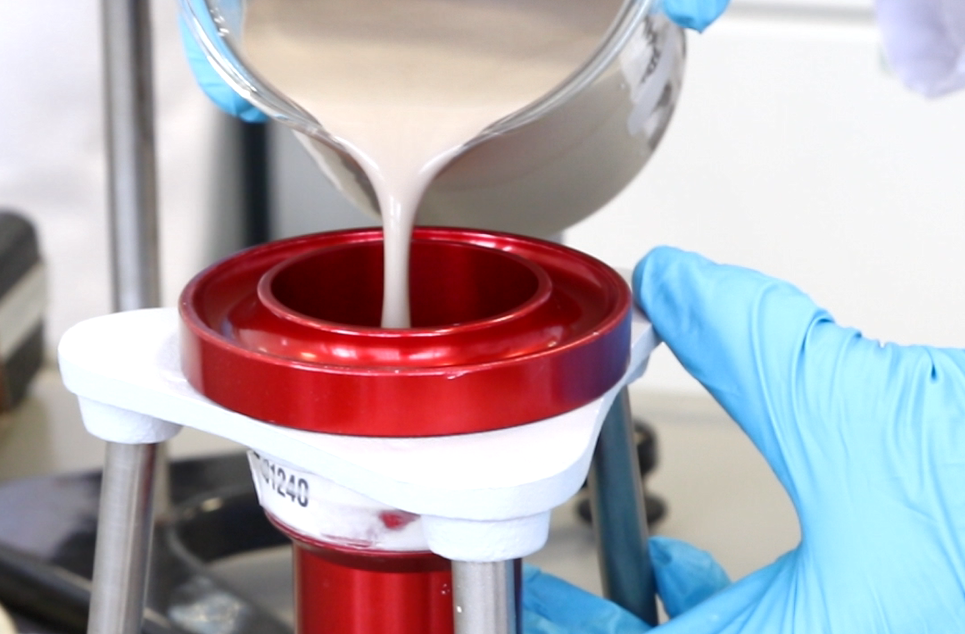Extrusion is a common process used to manufacture different types of ceramic products, for example, face bricks, ventilated walls, floor tiles, special shaped products and many others. Several parameters affect the operation of the extrusion. These parameters include the nature of the raw materials, their particle size, and their plastic behavior, the water content and the additives you use.
Temaer: Structural, Plasticity, Drying, extrusion
Various amounts of water are added within brick and tile manufacturing depending upon which process route you choose. A stiff extrusion may have water content as low as 10% while a soft mud factory may be as high as 30%. With hand made and water-struck products, this water addition value may even go higher. However, although these levels of water may be advantageous for manufacturing, they still require to be driven out during the drying process to enable the products to be fired.
Temaer: Structural, Clay additives
Overcome the challenges when making tiles with low plasticity clays
By Yaiza Paños 21-Apr-2020 12:59:12
The clay does not last forever and, with limited deposits and high market demands, the best clay is very expensive. What would an endless source of raw material do to the prices of decorative tiles? Let's think about it and ask ourselves, how do the prices on high-quality clay dictate the market? Understanding this, might make us more open to the idea of doing things differently, be less dependent on expensive clay, thus reducing your production costs.
Temaer: Decorative, large tiles, Plasticity, case study
Reduce scumming from bricks without Barium Carbonate - is it possible?
By Jonathan Savage 02-Apr-2020 16:22:06
The EU have downgraded Barium Carbonate from "Poisonous" to "Harmful If Swallowed". However, still today it is treated as a toxic material in several different countries over the world. In any case, its reputation as the most helpful additive for the withdrawal of salt scumming from clay bricks and tiles is unaltered. For those countries where barium is restricted, or because of increments in price and lower availability, producers must search for other options.
Temaer: Structural, Scumming
What characteristics should binders for shaped refractories have?
By Jack Pongdet 12-Mar-2020 13:50:52
For the most part, refractories are named basic, high alumina or silica, fireclay and insultaing. There are additionally classes of what are called "especial refractories" which incorporate Silicon Carbide, Silicon Nitride, Graphite, Zircon, Zirconia, fused cast and a few others. Most refractories are provided as preformed shapes. Although they are also produced as particular purpose clays, bonding mortars and monolithics like castables, plastic refractories, ramming mixes and gunning blends. Indeed, numerous refractories materials have been developed explicitly to meet the conditions of a specific procedure. The trademark properties of every refractory class are a component of both their raw material base and the techniques used to make the refractory items.
Temaer: Refractory
As you know, February is a key month for ceramics in Spain. This year both Cevisama and Qualicer took place and we could foresee what the future of ceramics will look like. Like the previous years, large sizes and high definition printing continue to reign. However we could also see a growing concern towards more sustainable ceramics and the first steps towards the famous Industry 4.0. So, what are the main trends we could see there?
Temaer: Decorative, ceramic trends
Replace Ukrainian clay and maintain quality in your tile production
By Yaiza Paños 29-Jan-2020 15:37:21
Large, thin tiles have become great trend in the ceramic industry and lately the market has responded with higher demands for those sizes. However, manufacturing these big slabs involves some big challenges. The difficulties tile makers face when producing these sizes are related to the mechanics of the tile, the manufacturing methods and the raw materials. One of the greatest challenges has been the conflicts in Ukraine, where most of the clay to manufacture these types of tiles comes from. This has affected significantly the market pricing.
Temaer: Decorative, large tiles, Clay additives, optimization, cost reduction
Importance of technical support in the use of structural clay additives
By Jonathan Savage 10-Jan-2020 13:04:33
Technical support is key to ensure that you are using the right clay additive at the correct addition rate. We should always count on a technical specialist, in order to achieve the maximum efficiency of your process and depending on what you are using our additives for, we should take different actions and carry out specialized tests.
Temaer: Structural, Clay additives, optimization, bricks, technical support
Raw materials are the most crucial part of making quality bricks. Consistent, high quality raw materials combined with sound processes normally result in good quality fired ware. Unfortunately, in the real world, raw materials vary in quality and consistency. Variations in raw materials such as particle size, fired color, carbon content, and shrinkage are routinely measured during exploration, mining, stockpiling, and production. Another characteristic of raw materials that is critical and should be measured and monitored is the level of soluble sulfates present in the raw materials used to make brick.
Temaer: Structural, Ceramics, Green Strength, optimization, Tools
Cellulosic compounds are not new into the Ceramic Industry. They have been used in ceramic bodies for a long time.
In ancient cultures, straw could be used to bring porosity to clay, easing water entrance and hence increasing its workability. It would also provide some air entrance, helping in the drying process, that would take place in the open air. This is useful in hand-made products and in low-automated processes.
Temaer: Structural, Plasticity, Clay additives, extrusion

